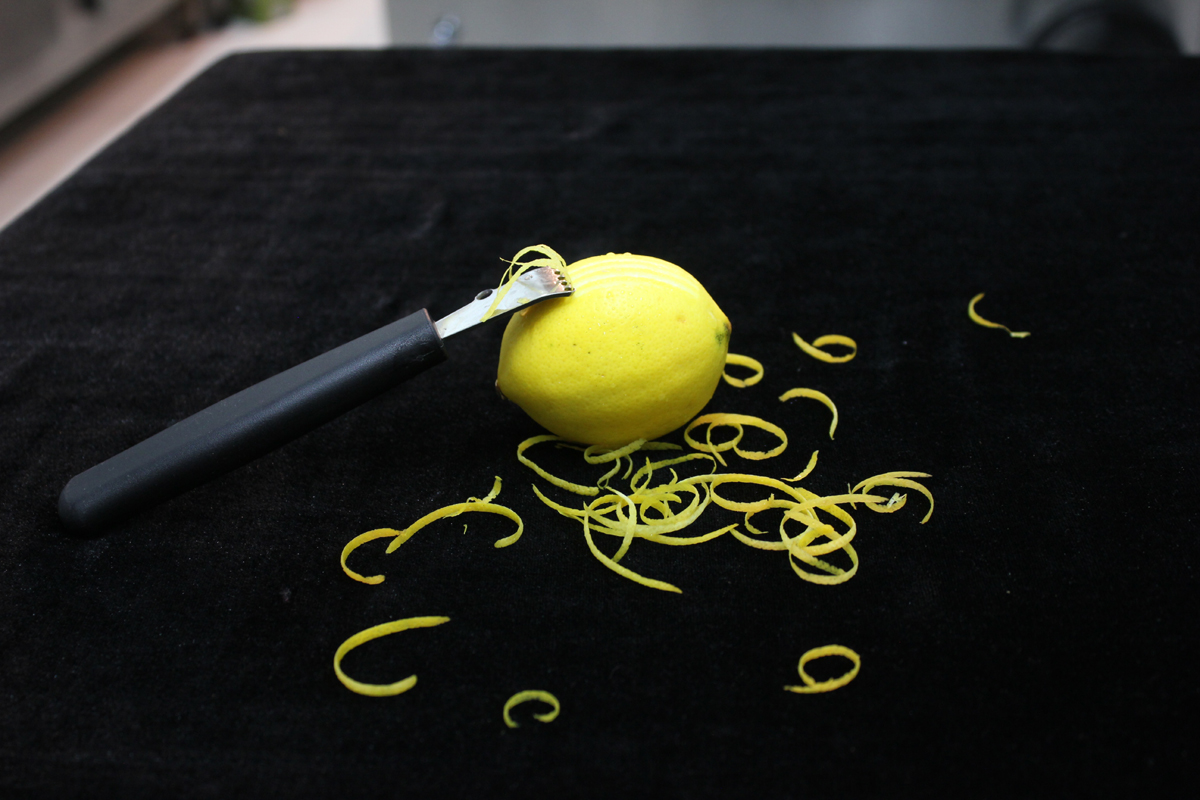Adding dried lemon rind to salad dressings, dips and yogurt gives it an intensely lemony flavor not possible with just lemon juice. When you’re on a weight loss program, adding lemon peel ads flavor but no calories. Lemon rind is not available in most supermarkets but it’s not difficult to make. Use unblemished lemons without any mold or soft spots. Besides cooking, lemon rind is attractive in potpourris.
Cooking
Scrub the lemon with soapy water. Rinse well. Remove any stickers.
Cut the rind off the lemon with a vegetable peeler leaving the white pith behind the rind on the lemon. The strips should be as wide and long as possible. They’ll be easier to handle after they dry and won’t fall through the grates of the dehydrator when they shrink. The rinds will shrink to one-quarter of their fresh size.
Place the strips of lemon rinds on the trays of a dehydrator. They should not be overlapping or touching. Turn the dehydrator on.
Check the rinds after four hours. Put the tray that’s on the bottom and nearest the heat source on the top and put the tray that was on the top on the bottom. If the dehydrator as the heat source in the back of the dehydrator it’s not necessary to move the trays. The fan that blows the heat through the trays reach them equally.
Check the rinds again in another four hours. They should be dry when the rind is still somewhat pliable. Exactly how long depends on the heat of the dehydrator and the humidity in the air.
Grind the rinds in a coffee bean grinder you only use for spices right before use. Add the rind to recipes that call for lemon or orange juice for an extra lemon flavor.
Potpourri
Cut the lemons in half. Juice the lemons and save the juice for another use. It freezes well. Scrape out the inside pulp that’s left with a spoon and dispose of or add it to your garden compost heap.
Slice each half into four pieces. Arrange on the trays of the dehydrator without touching. The pieces will take longer to dry than the peel because it has the moist pith attached and any of the pulp you didn’t remove.
Dry until the lemon rind pieces are almost crisp. Add to dried rosemary and cinnamon sticks for a natural potpourri. Or put in muslin bags with lavender and cedar essential oil to scent closets, musty boots or even in the car.
Grind the dried rind right before using for the brightest lemon taste. If you don’t remove the pith the rind will have a bitter taste.
The Author:
Dee Power is the author of several nonfiction books, screenplays and a novel. She loves to cook healthy dinner recipes.
Photo.
Source: Ab
